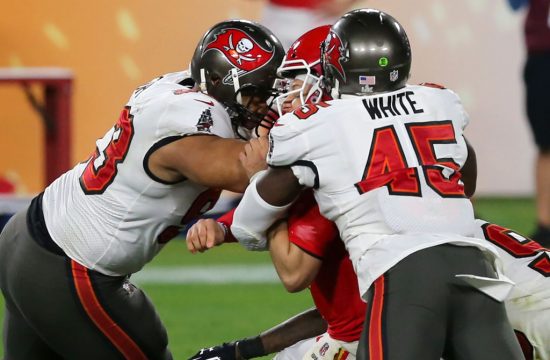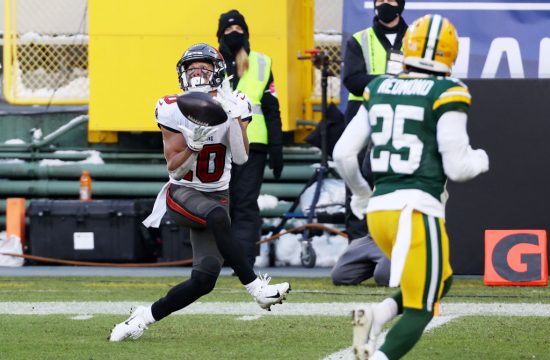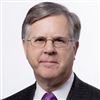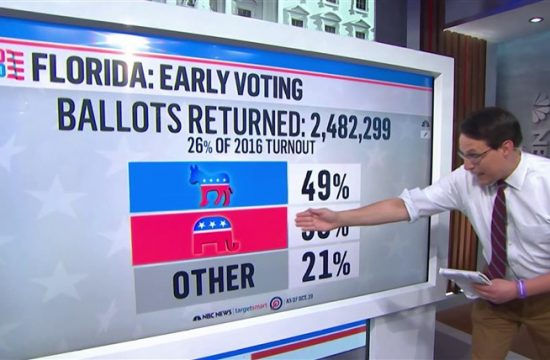The business pages are full of explanations for why an economic calamity has been met with an epic rally in stock markets. But the commentary that might be most telling is that of a would-be investor who wasn’t alive when the previous downturn began in 2008.
What happens when investors realize that the story they have been telling themselves has some holes? We know all too well: The bubble bursts.
“My 10-year-old son asked me if he can open an E-Trade account so he could buy Tesla stock,” Emily Roland, co-chief investment strategist at John Hancock Investment Management, told The Financial Times last month.
That a prepubescent child is asking to buy shares of Tesla, which have increased by about 340 percent in the last year, is a subtle indicator that something other than a careful study of economic fundamentals is driving stock prices. Instead, psychological factors appear to have taken over, making indexes like the Dow Jones and the S&P 500 poor gauges of the actual strength of the U.S. economy. We should wrench our eyeballs from the tickertape of Wall Street before it’s too late.
Monday’s case in point: Stocks are soaring even though the economy is now officially in recession.
The National Bureau of Economic Research, which dates business cycles, said Monday that the previous expansion peaked in February, just before COVID-19 emerged as a threat in North America. Much of the U.S. economy was effectively shut by March, at the cost of more than 20 million jobs and the highest unemployment rates on record.
To be sure, the stock rally looks better than it is because of the outsize popularity of a relatively small group of companies that is responsible for a disproportionate amount of the gain. Tesla is one of them. Even founder and Chief Executive Elon Musk has tweeted that he thought the stock price was too high.
Some of America’s best-known investors, including Warren Buffett, have expressed reservations about the economy’s prospects and traders’ exuberance. But a wave of relatively unsophisticated investors has joined the frenzy with the help of unconventional middlemen like E-Trade, a low-fee online brokerage that makes buying stocks as easy as buying stuff on Amazon.
There’s an argument that this burst of retail trading is a good thing, as a greater number of normal people are getting a shot at the same big returns that used to be gobbled up by the rich. But rich investors can rely on their bigger bank accounts to cushion the fall. And some kind of reversal seems possible, if not likely.
TD Bank predicts that the gross domestic product will plunge at an annual rate of about 40 percent in the second quarter — an epic collapse rivaled only during the Great Depression.
Most economists think COVID-19 will weigh on the economy until there is a vaccine, which is probably at least a year a way, Joseph Papa, chief executive of Bausch Health, a pharmaceutical company, said in an interview. By then, companies will go out of business and workers could end up stranded on the sidelines of the economy for months.
The protests against racism and police brutality add another layer of uncertainty, as it’s difficult to know how long they will last or what they mean for the presidential election. The trade war between the United States and China seems less important suddenly when compared with almost 400,000 deaths worldwide from COVID-19 and mass social unrest, but hostilities between Presidents Donald Trump and Xi Jinping are far from settled.
True, the Labor Department’s initial estimate of hiring in May showed that employment rose by 2.5 million, the biggest one-month increase on record. Still, more than 22 million positions vanished in March and April as states ordered lockdowns to slow the spread of COVID-19. The unemployment rate was 13.3 percent, compared with 3.6 percent a year earlier, a graphic depiction of how far the economy must climb to get back to where it was before the recession.
But essentially, while TD Bank predicts that the gross domestic product will plunge at an annual rate of about 40 percent in the second quarter — an epic collapse rivaled only during the Great Depression — equity markets have been on a tear. The Dow Jones Industrial Average has increased by about 50 percent since March 23 and is now only about 5 percent below its level at the start of the year.
There are good explanations for why the markets rebounded with such force. The main one is the Federal Reserve, which is fighting this crisis with even more abandon than it showed during the Great Recession of 2008. The central bank is creating trillions of dollars to buy financial assets and extend loans to American businesses.
The sight of the Fed, along with the federal government, putting up big money to blunt the impact of the forced lockdowns has reassured investors that policymakers are prepared to do whatever it takes to keep a depression at bay. Investors have an incentive to choose stocks over other assets, chiefly bonds, because the Fed’s actions have pushed interest rates to essentially zero, making the stock market the only place that offered a return.
Yet that doesn’t mean that all is actually well in the markets and that they’re some sort of island of financial growth in a sea of economic destruction.
“The market has always had a tenuous relation to the underlying economy,” Robert Shiller, the Yale University economist and Nobel laureate, told Bloomberg Television on May 26. “We are in a speculative situation where people see fundamental changes coming and they don’t know what they mean.”
In his 2019 book, “Narrative Economics: How Stories Go Viral & Drive Major Economic Events,” Shiller recites allegories of historical excess that echo what we are seeing now. In particular, he observes that stock market bubbles tend to produce tales of the mania for stocks that spreads to unlikely members of society (see: 10-year-olds).
If the current market frenzy is the result of a certain narrative, then the rally could evaporate if enough investors decide the story no longer makes sense. That could happen at any moment as the stock market glow fades under closer examination: Investors aren’t spreading their cash broadly but are mostly piling it into stocks of companies that appeared certain to thrive during the coronavirus crisis and after, such as dominant technology companies like Amazon and pharmaceutical firms.
Investors aren’t spreading their cash broadly but are mostly piling it into stocks of companies that appeared certain to thrive during the coronavirus crisis.
Let’s consider Tesla, the company our young boy wants in on. The value of the stock for the world’s biggest maker of electric-battery-powered automobiles generates profits, so much so that Musk tweeted on May 1 that the price was “too high,” in his opinion.
But after an initial drop in the stock, the investing public decided that it knew more about Tesla’s worth than the person running it. E-Trade said last month that its daily trading volume in April was more than 230 percent higher than it was a year earlier.
What happens when investors realize that the story they have been telling themselves has some holes? We know all too well: The bubble bursts.












